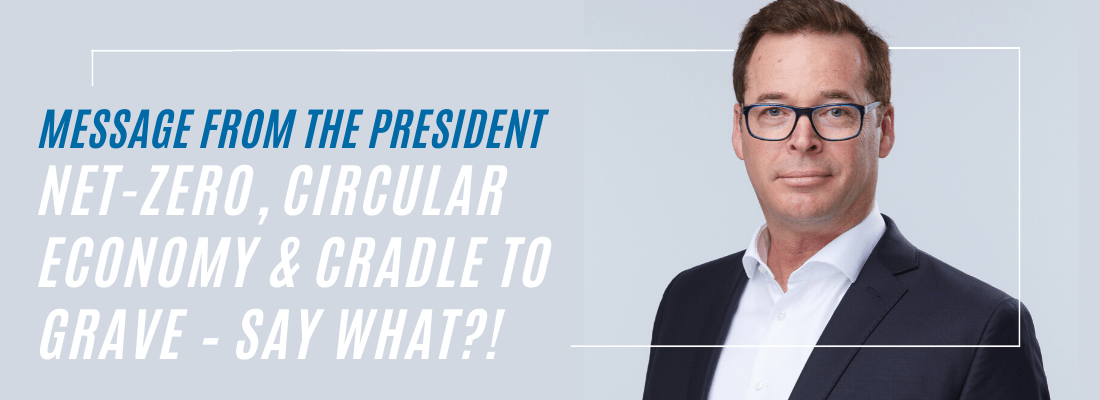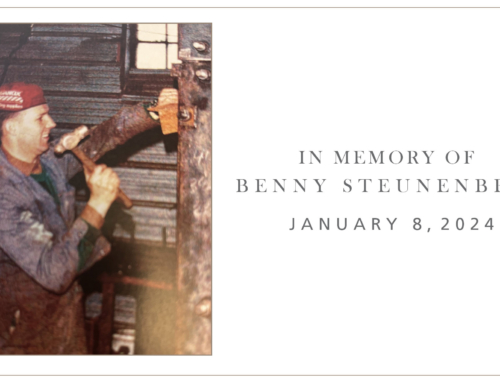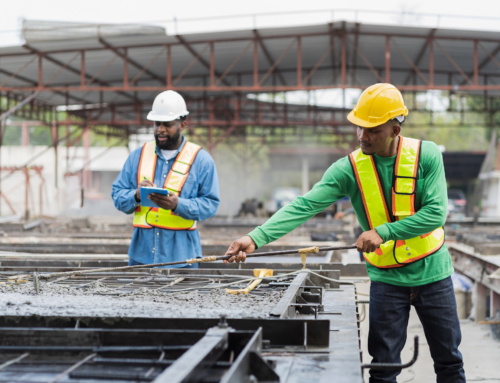
If you have been living under a rock for the last year, you will be shocked to hear that the environment and, more specifically, greenhouse gas emissions is front and centre. For most governments and for the Millenials and post-Millenials, reducing carbon other green house gasses is priority number one. For some industries and some governments, deflection and avoidance seems to be the course of action.
Here in Canada, and with respect to the construction industry, we have two major greenhouse gas initiatives from the Federal Government: carbon taxes (to drive behaviour) and changes to the National Building Code to include a “net-zero energy ready” model. The goal of the net-zero energy ready model is to construct a building that will consume only as much energy as it produces. Although this mainly affects the electrical and mechanical trades, there will also be Code and Government requirements to construct new buildings with materials creating the lowest greenhouse warming potential (GWP).
In other parts of the world, Net-Zero is old news and the “circular economy” is the new buzz phrase. Where recycling was king, reuse becomes the goal. Global ISO standards are now in development for construction material reuse with the knowledge that the more we reuse the less new products we need to make, and thereby less impact on global warming – in theory anyways. I am starting to see this discussion take place in North America, albeit at lower frequency.
If you folks in the bridge side of things think you will escape the GWP bandwagon, think again. Just because you escaped the LEED program you won’t escape GWP. Transportation Ministries across Canada are beginning to think green and considering GWP impacts for future projects and within the scope of the code.
So how does steel as a material rank on GWP? As it turns out, pretty darn good! Although there are all sorts of claims from other materials, it turns out that steel is as good or better when looking through a “Cradle to Grave” lens. There are generally two types of ways the world has been looking at materials from a life cycle analysis (LCA) perspective: Cradle to Gate and Cradle to Grave. Cradle to Gate is an analysis from the extraction of materials to the factory gate; Cradle to Grave includes Cradle to Gate but also incorporates the construction and end use and/or end-of-life impacts. Since the true long-term GWP impact on the world, is Cradle to Grave (and not just a portion), this is the reason why the rest of the world is pushing beyond Cradle to Gate and opting for reuse and the circular economy model. The circular economy model is the ideal state. It is an economy where we continuously reuse. This would reduce or eliminate the need to make new products. What’s old is new again. The days of a fridge lasting 20-25 years, or longer, may be coming back… perhaps only if we stop making them in China and out of plastic – but you get the idea. Planned obsolescence will be gone and all industries will be pushed to have their products last longer and be reusable.
In a recent study Quantifying Environmental Impacts of Structural Material Choices Using Life Cycle Assessment: A Case Study by Magnusson Klemencic Associates, they found that there was a surprise in the outcomes of their own analysis of the various structural framing materials with no clear carbon winner. When looking through a Cradle to Grave lens and using the appropriate design for each material, steel stacked up as good or better than the rest of the materials, including better than wood. In their report, there are many missing factors in wood’s current data and assumptions. They suggest further work needs to be done to more accurately include the impacts for all materials before any one material has the bragging rights on true Global Warming Potential. For now, we are very happy to report we have one of the best environmental materials for construction and look forward to the development of more accurate criteria and data that will drive the innovation of all materials for the betterment of the global environment.









